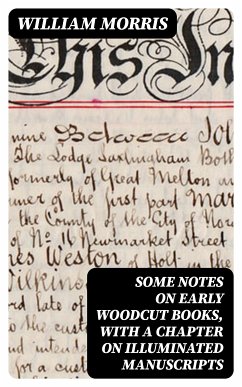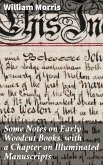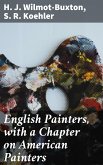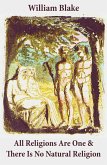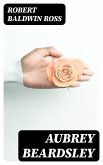In "Some Notes on Early Woodcut Books, with a Chapter on Illuminated Manuscripts," William Morris delves into the intricate world of early printed books and manuscripts, examining the aesthetics and techniques of woodcut illustrations in relation to illuminated texts. The work is marked by Morris's advocacy for craftsmanship in the age of industrialization, emphasizing the significance of artistry in the printed form. With a meticulous blend of scholarly analysis and appreciation for the beauty of early book design, this text serves as both a historical document and a call to revive the lost art of bookmaking, in which the visual elements enhance the literary experience. William Morris (1834-1896) was a British designer, writer, and socialist, whose deep-seated passion for the medieval arts profoundly influenced his views on literature and craftsmanship. His immersion in the Pre-Raphaelite movement and his quest to counteract the mass production of his time led him to explore the rich heritage of early printing. This exploration is not merely a niche interest; it reflects Morris's broader desire to reinstate a sense of beauty and individuality in art and literature. This book is highly recommended for anyone interested in the intersections of art and literature, as well as those who appreciate the history of bookmaking. Morris's insights provide valuable perspective for scholars and enthusiasts alike, inviting readers to consider the enduring significance of craftsmanship and visual storytelling in a contemporary context.
Dieser Download kann aus rechtlichen Gründen nur mit Rechnungsadresse in A, B, BG, CY, CZ, D, DK, EW, E, FIN, F, GR, H, IRL, I, LT, L, LR, M, NL, PL, P, R, S, SLO, SK ausgeliefert werden.

